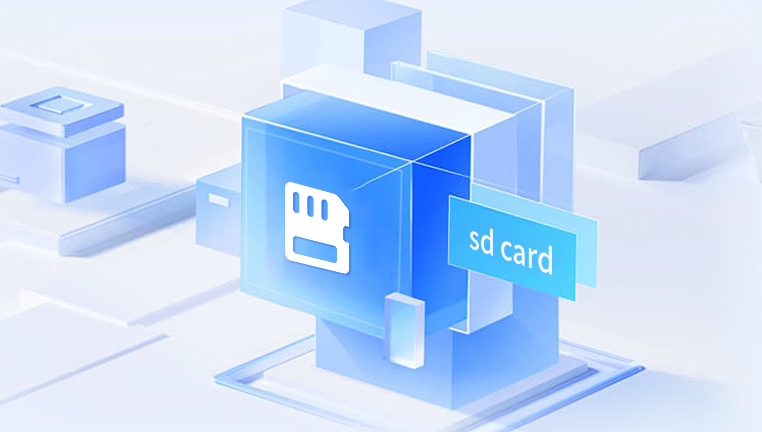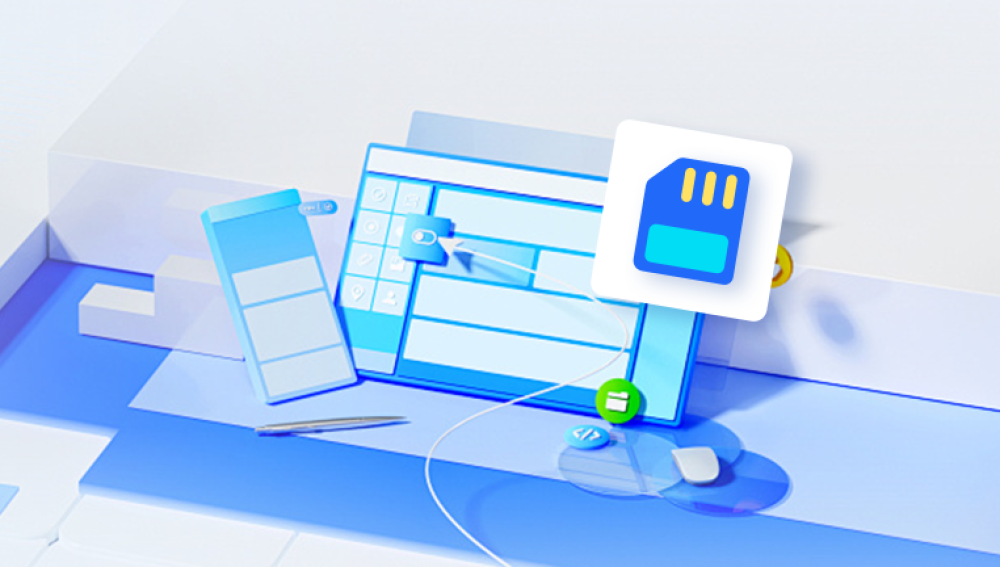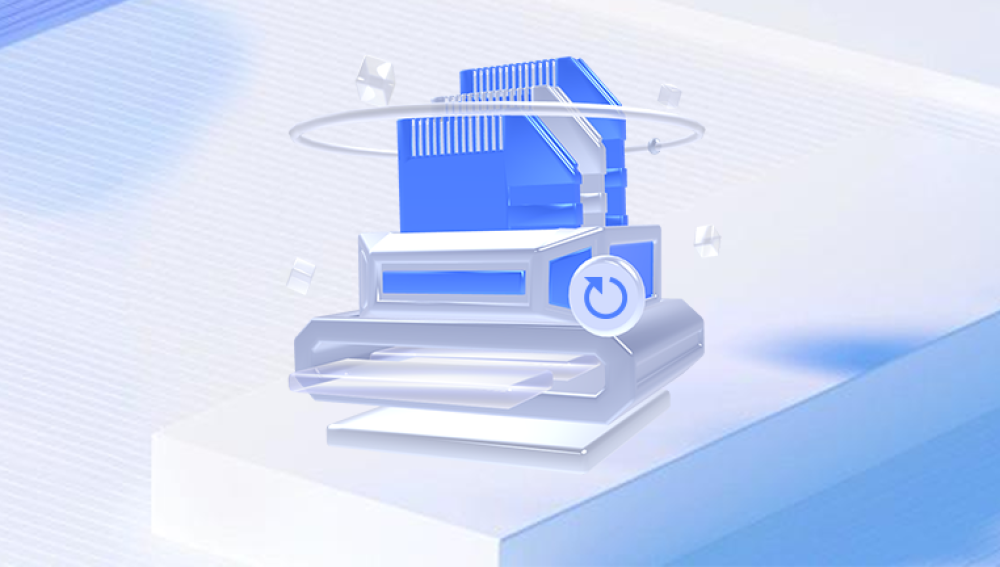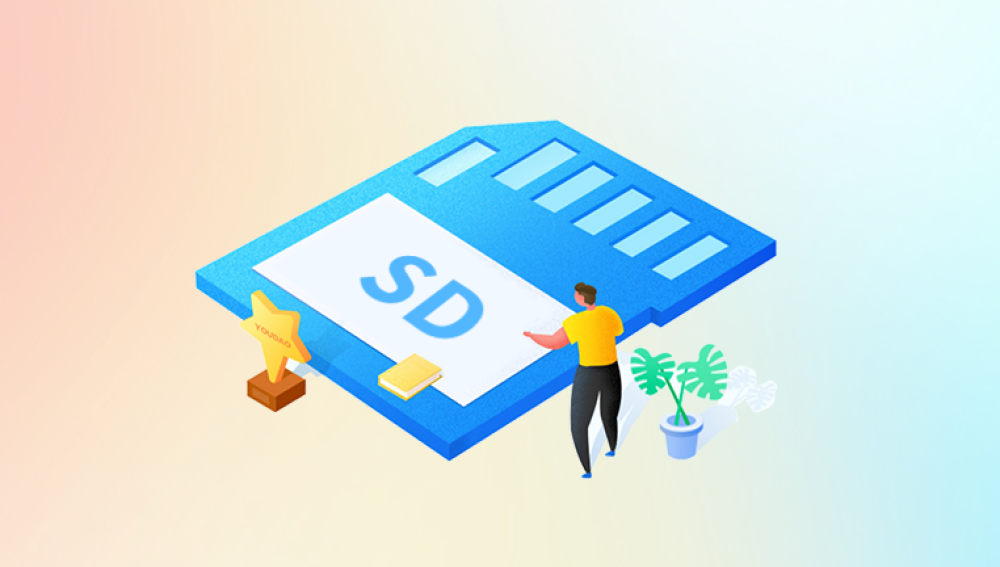Despite their convenience and portability, SD cards are prone to data loss due to a variety of issues, including accidental deletion, formatting, file system corruption, and even physical damage. When data disappears from an SD card, the initial reaction is usually panic. But the good news is that in many cases, lost files are not gone forever and you can restore them using free methods and tools.
1. Accidental Deletion
A simple tap of the delete button can wipe out important photos, videos, or documents.
2. Formatting
Formatting an SD card erases all files and resets the file system, but the actual data typically remains on the card until overwritten.

3. File System Errors
Removing an SD card during file transfers or using it in incompatible devices may corrupt the file system.
4. Virus or Malware Attacks
Viruses can delete or hide files, making the card appear empty.
5. Bad Sectors or Logical Errors
SD cards can develop bad sectors over time, leading to unreadable or missing files.
6. Physical Damage
While more severe, some data may still be recovered from damaged cards with proper tools or professional help.
What to Do Immediately After Data Loss
The moment you realize files are missing, follow these important steps:
Stop Using the SD Card Immediately
Continued use may overwrite the space where your deleted data resides, making recovery impossible.
Do Not Format the Card Again
Formatting makes recovery more difficult. Even quick formatting can erase directory entries.
Do Not Save New Data
Avoid saving new photos or files until you've attempted recovery.
Remove the Card Safely
If your device is acting up, remove the SD card and use a card reader to connect it directly to a computer.
Restore Data from an SD Card for Free: Your Options
There are multiple ways to recover data from an SD card without spending money. Let’s go through them step by step.
Option 1: Use Free Data Recovery Software
Drecov Data Recovery
Losing data from an SD card whether due to accidental deletion, formatting, or corruption can be stressful. Fortunately, Drecov Data Recovery offers a free and reliable solution to restore lost files quickly and easily. Whether your SD card comes from a camera, smartphone, drone, or other device, Drecov Data Recovery is equipped to recover a wide range of file types, including photos, videos, documents, and audio files.
Drecov Data Recovery supports all major SD card formats such as SD, microSD, SDHC, and SDXC. Its intuitive interface and advanced scanning algorithms allow both beginners and experienced users to restore lost files without hassle. The software is completely free to download and offers a straightforward recovery process.
To begin, connect your SD card to your computer using a card reader. Launch Drecov Data Recovery and select the SD card from the list of available drives. Choose between a quick scan for recently deleted files or a deep scan for formatted or corrupted data. Once the scan is complete, preview the recoverable files and select the ones you want to restore. Simply save them to a safe location on your computer not back to the SD card to avoid overwriting data.
Option 2: Use Built-In OS Features
Sometimes, the operating system itself can help recover lost files.
Windows File History / Previous Versions
If the SD card was connected when File History was enabled:
Right-click on the folder where the files were stored.
Choose “Restore previous versions.”
Browse and restore the version that contains the missing files.
macOS Time Machine
If you’ve backed up your system using Time Machine:
Open Time Machine and navigate to your SD card folder.
Restore the required files.
Option 3: Use Command-Line Recovery
Command-line tools are excellent for advanced users. They offer precise control but require caution.
chkdsk (Windows)
This tool can repair logical file system errors.
Steps:
Open Command Prompt as Administrator.
Run:
chkdsk E: /f
(Replace E: with your SD card’s drive letter.)
If chkdsk fixes the file system, your files may reappear.
attrib Command (For Hidden or Virus-Affected Files)
Steps:
Open Command Prompt.
Type:
attrib -h -r -s /s /d E:\*.*
This un-hides and restores hidden files.
Option 4: Recover SD Card Photos and Videos Specifically
If you’re trying to restore photos or videos:
Use PhotoRec: Recognizes and rebuilds lost multimedia files.
Try Stellar Photo Recovery (Free Trial): Great for recovering camera raw files and GoPro videos.
Be sure to preview files before saving them.
Option 5: Restore from Cloud or Device Backup
If your phone, tablet, or camera was set to sync with a cloud service, your data might be backed up.
Google Photos / iCloud / OneDrive
Log in to your cloud account.
Search for your lost files.
Download them back to your device.
Manufacturer-Specific Backup Apps
Samsung Smart Switch, Xiaomi Cloud, or others may store backups automatically.
Option 6: Use Android Apps for SD Card Recovery (Limited)
Apps like DiskDigger can restore deleted files directly on Android phones with SD card slots.
Note: Most recovery apps require root access, which may void your warranty and introduce security risks.
When Free Tools Don’t Work
There are limits to free software:
Severe corruption may block access to the SD card entirely.
Physically damaged cards may not appear in your system at all.
Overwritten data is usually unrecoverable.
In these cases, a professional recovery service may be required. Companies like DriveSavers or Ontrack offer cleanroom-based data retrieval.
Tips to Maximize Free Recovery Success
Always scan with multiple tools. Some find files others miss.
Recover files to a different location—not the SD card.
Use preview features to avoid recovering corrupted or duplicate files.
Start recovery as soon as possible.
If one tool doesn’t work, don’t give up—try another.
Preventing Future SD Card Data Loss
Once your files are restored, take the following steps to protect them in the future:
1. Regular Backups
Copy SD card content to a hard drive or cloud storage.
Set automatic backups on your phone or computer.
2. Use Reliable SD Cards
Stick to well-known brands like SanDisk, Samsung, Kingston, or Lexar.
3. Avoid Unnecessary Formatting
Don’t format unless absolutely necessary. Always backup before doing so.
4. Proper Ejection
Always use “Eject” or “Safely Remove” before unplugging SD cards.
5. Avoid Physical Damage
Store SD cards in protective cases. Avoid moisture, bending, or heat.
6. Scan for Viruses
Keep devices clean with up-to-date antivirus software.
Signs of a Failing SD Card
Recognizing early warning signs of a faulty SD card can help you act in time:
Frequent read/write errors
Files disappearing
Card not detected by devices
Extremely slow performance
Device crashes when card is inserted
At the first sign, back up your data and replace the card.




